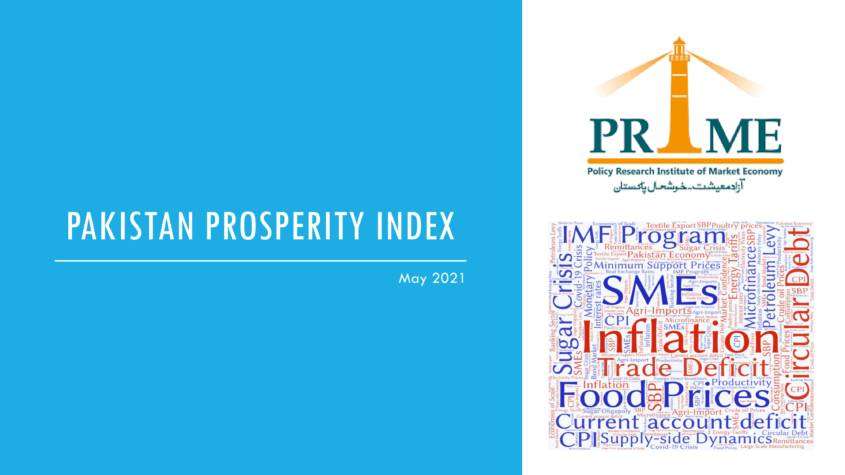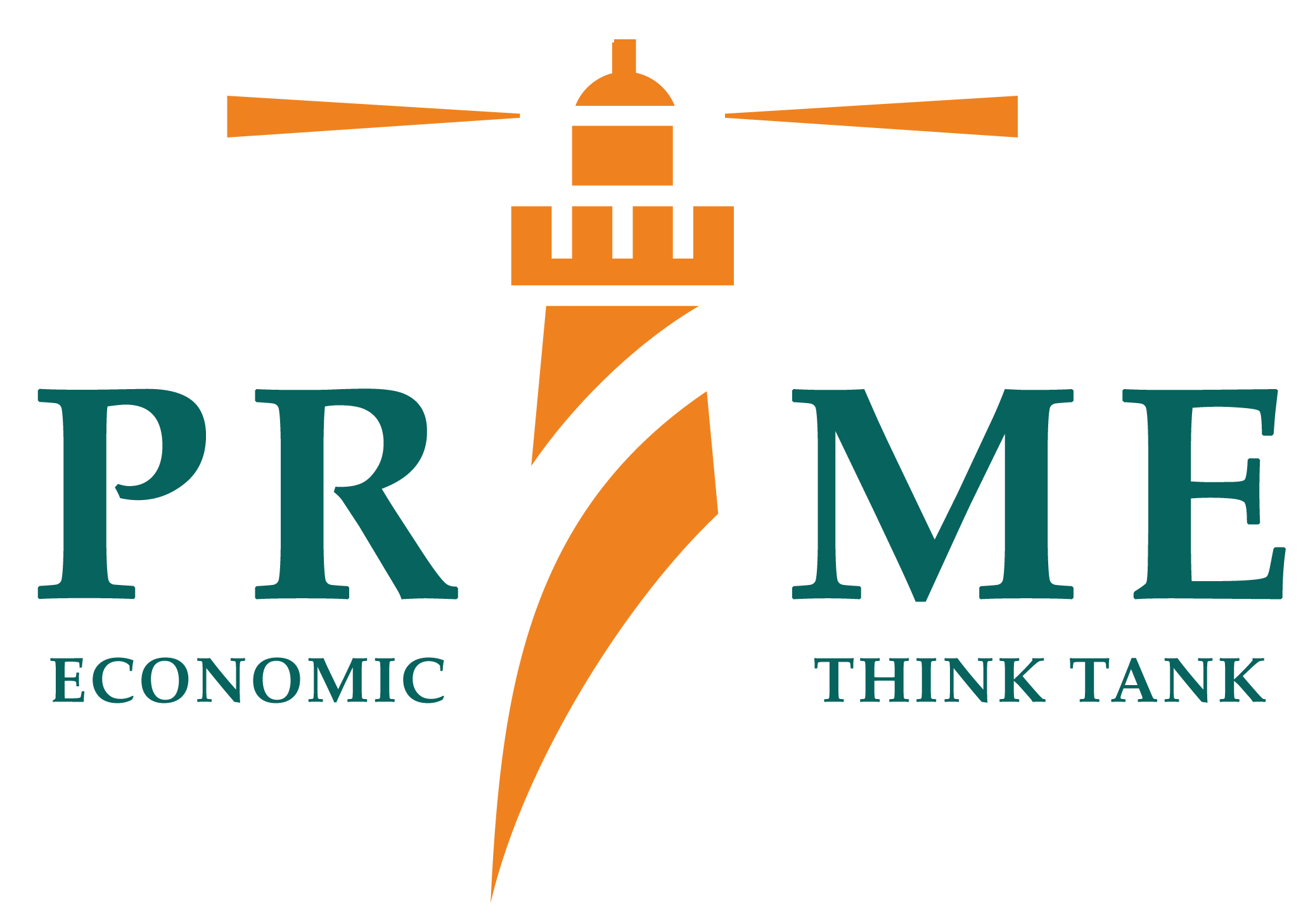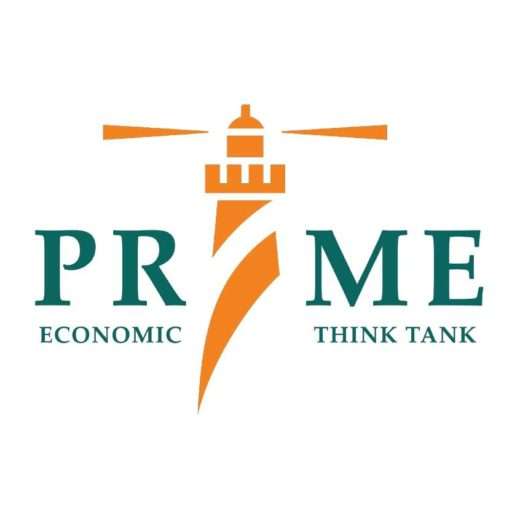
As per PRIME’s latest report, Pakistan Prosperity Index (PPI) has increased in March 2021 on account of improvements in trade volume and private sector lending. The trade volume in March 2021 was measured at Rs.1.25 trillion compared to Rs.1.06 trillion in February 2021. This increase has been on account of opening up of the international markets. Since the last 12 months, private sector borrowing from the bank has been on the rise. This increasing trend can be credited to lower cost of borrowing and a significant reduction in the budget deficit, which has reduced the government’s borrowing needs from the commercial banks thus reducing the crowding out effect.
In March 2021, the Y-o-Y Inflation was reported at 9.1% while the M-o-M inflation clocked at 0.4%. The rise in inflation is at the back of hike in food and energy prices..
Large Scale Manufacturing (LSM) decreased by 7.66% M-o-M in March 2021. This decrease can be attributed to the imposition of lockdown, as the country was battling with the 3rd wave of COVID-19. In addition, higher production cost fueled by higher energy prices, and supply side disruptions of raw material all had a fair share in contracting LSM’s output. Notwithstanding, the overall economic outlook, as measured by PPI, seems to be encouraging.
As evident by a rise in trade volume, the international markets have started to open up gradually. This implies increase in imports of raw materials and a subsequent improvement in LSM’s production in the upcoming months.
With the ease in lockdown restriction and a mass vaccination drive, overall state of the economy seems encouraging. However, there is still a need to curb the inflationary pressure, as this will not only improve the purchasing power/real incomes but also reduce the input cost of LSM. Addressing the supply side shocks of basic food items is pertinent to lower food inflation, which is the main cause of rising overall inflation in the economy. These supply side shocks call for more liberal trade measures and elimination of state intervention in the market.
To read more, download the file attached below:


